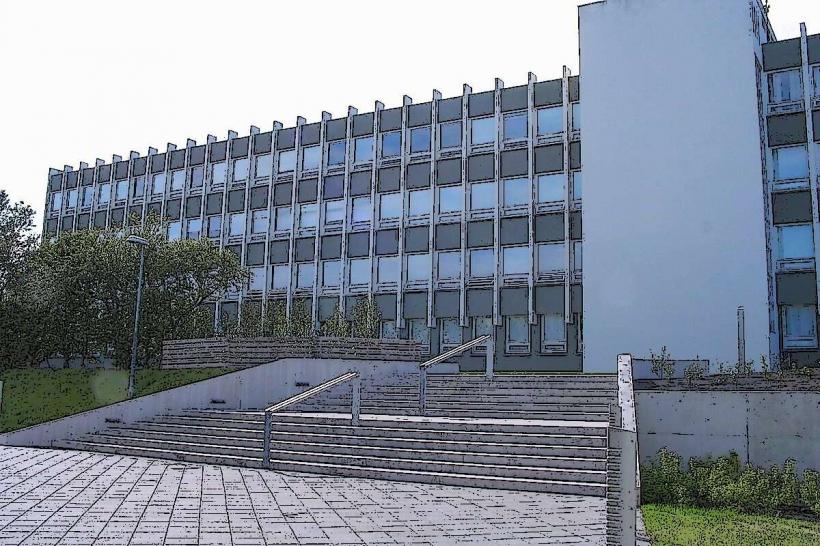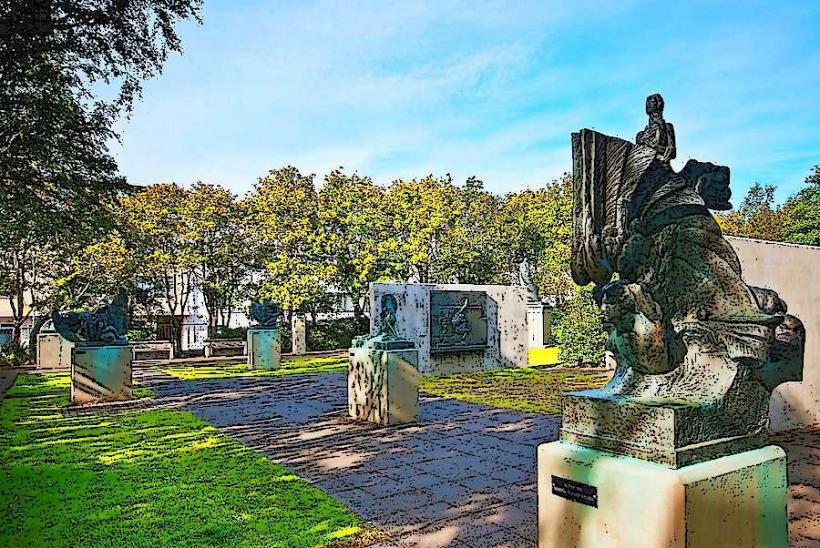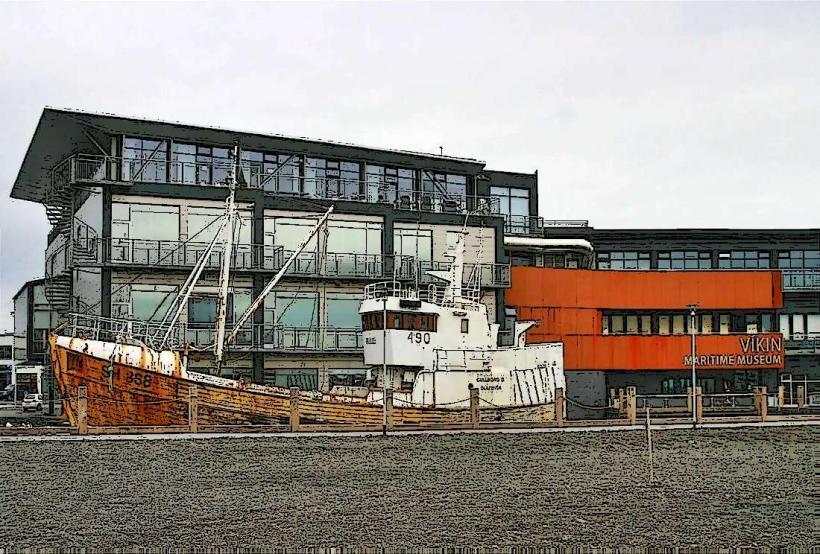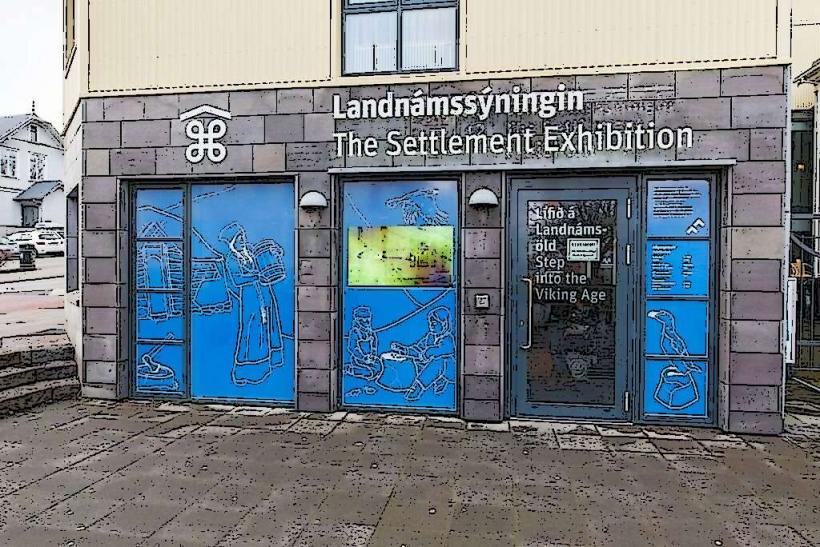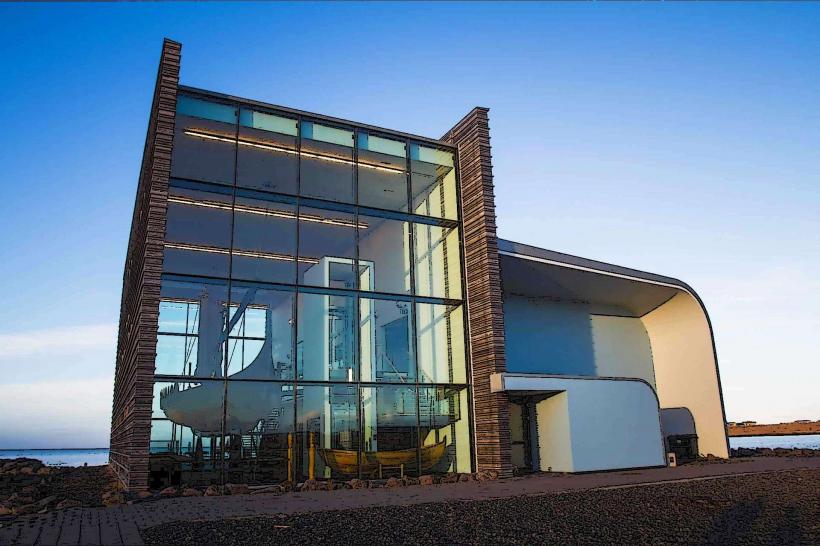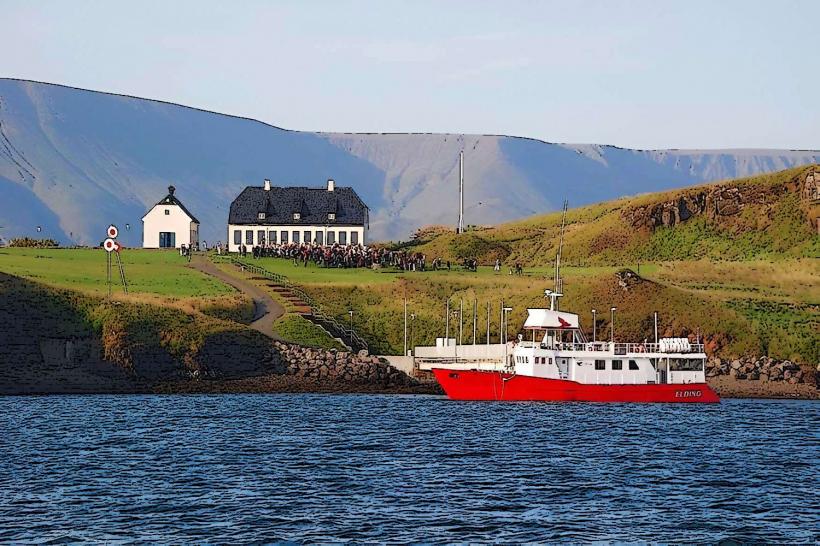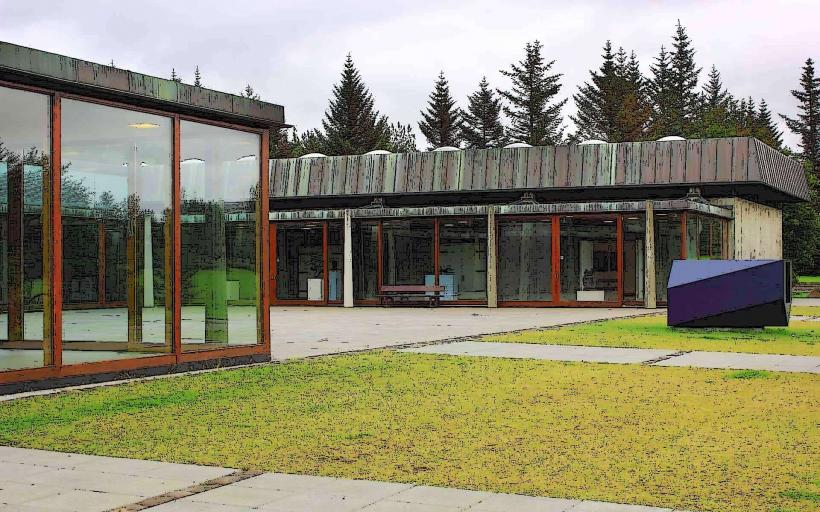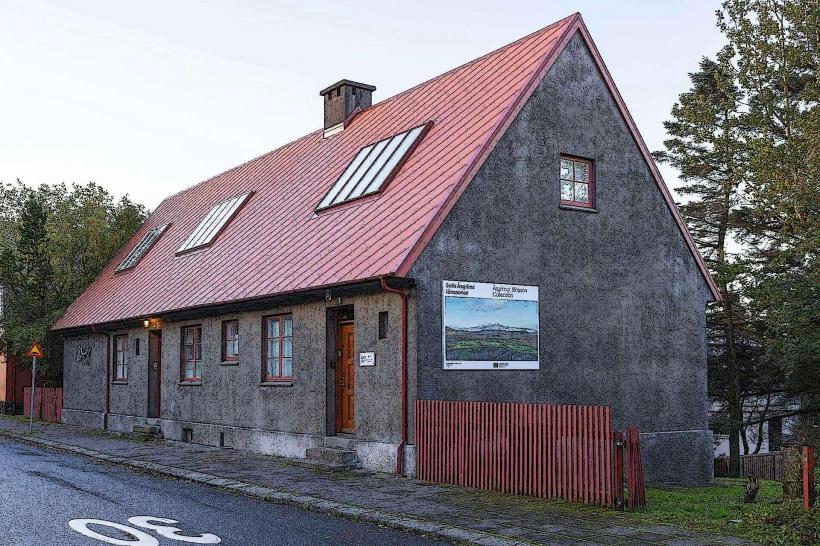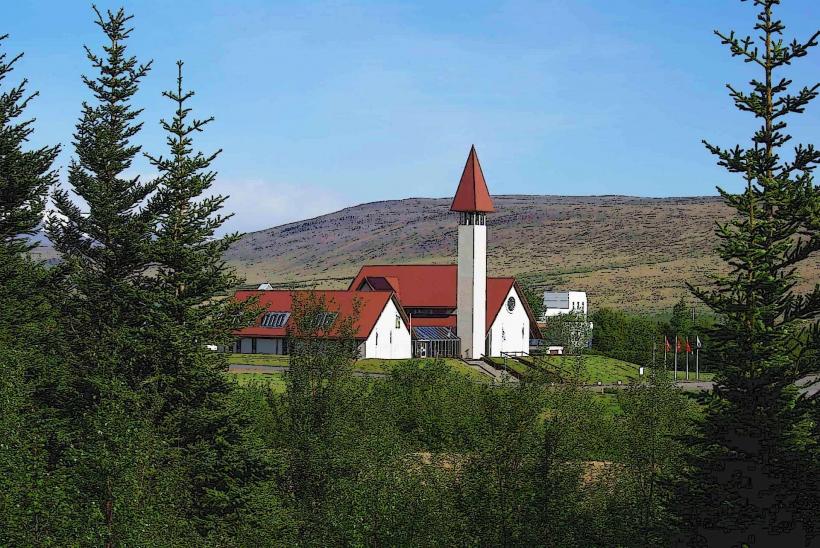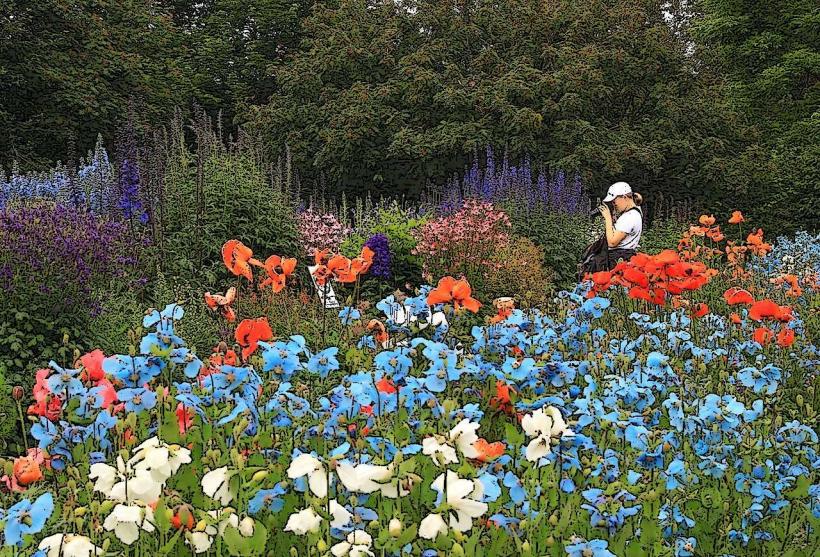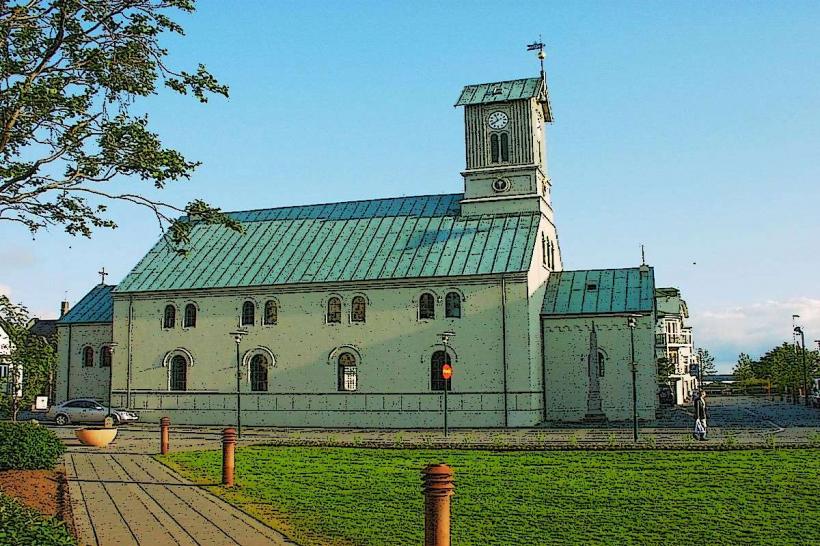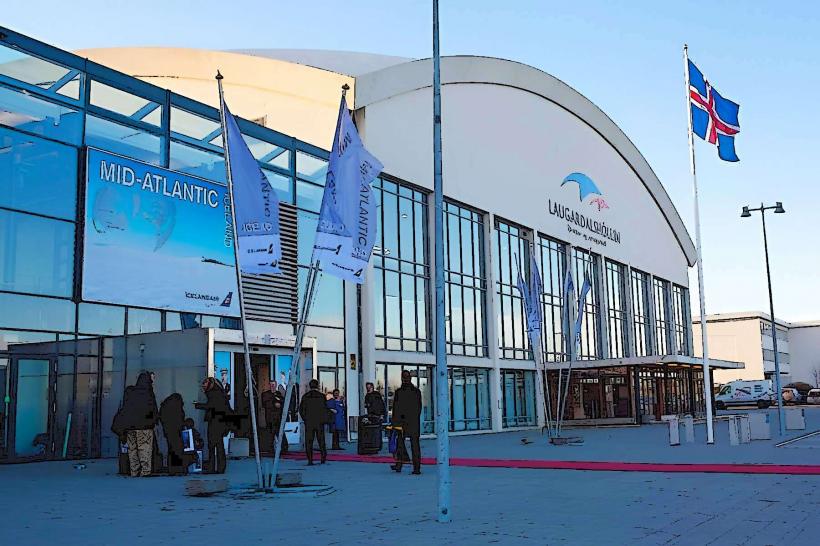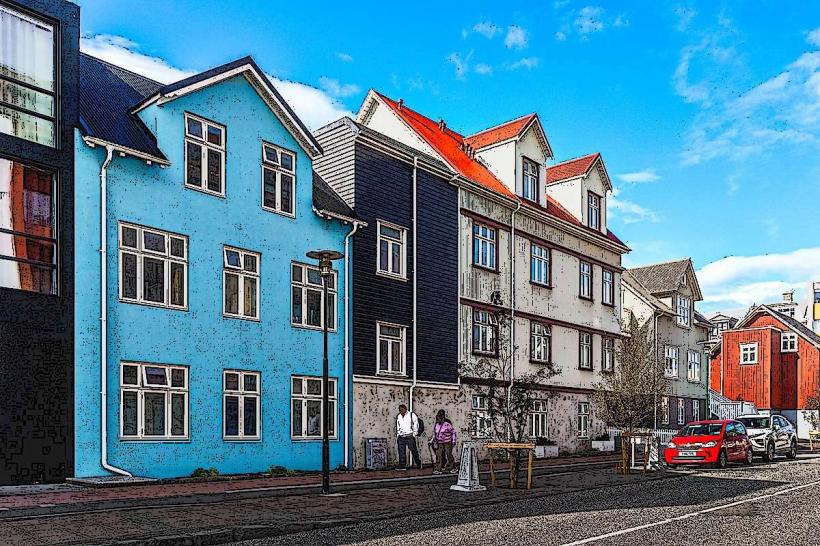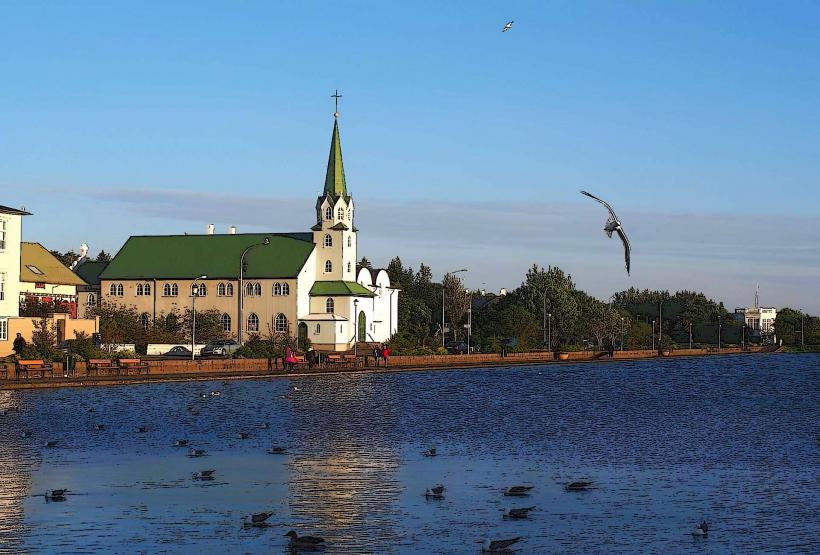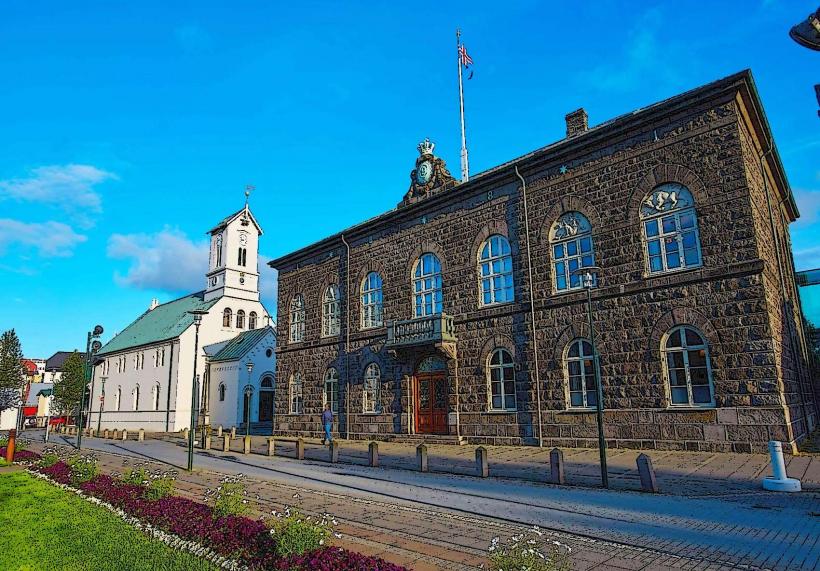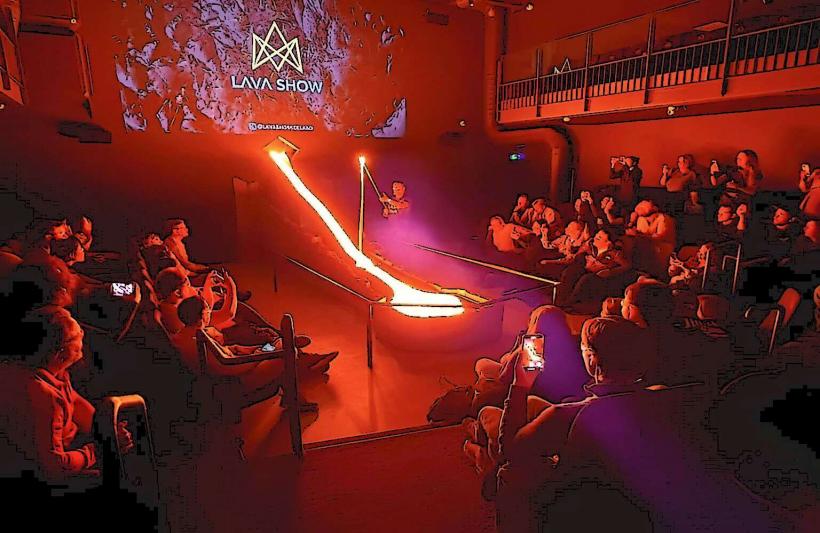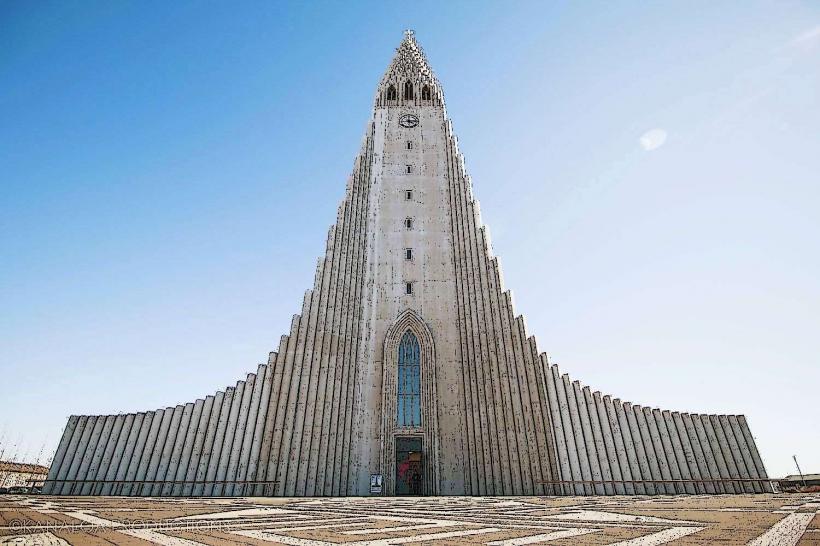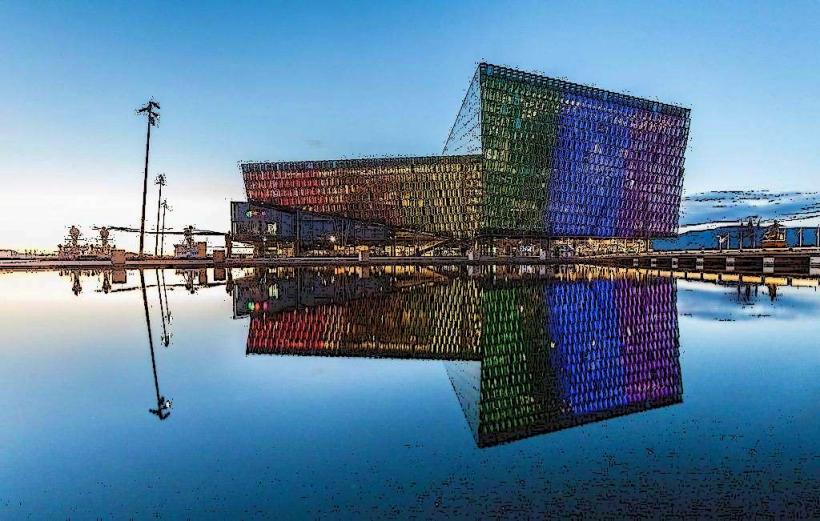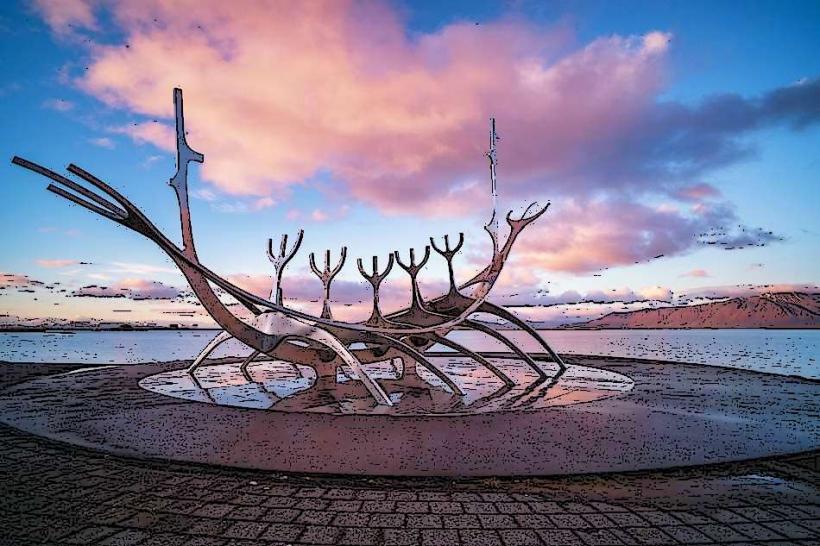Information
Landmark: Harpa Glass RoofCity: Reykjavik
Country: Iceland
Continent: Europe
The glass roof of Harpa Concert Hall and Conference Centre is one of its most striking architectural features, contributing to the building’s iconic status in Reykjavik. Harpa, designed by the Danish-Icelandic artist Ólafur Elíasson in collaboration with the Danish architectural firm Henning Larsen Architects, is renowned for its geometric, glass-panel facade that includes the distinctive roof structure.
Overview of the Glass Roof
Design
- The roof mirrors the facade's modular design, featuring a honeycomb pattern of glass and steel.
- Its structure is inspired by Iceland’s natural landscapes, particularly the hexagonal basalt columns found in volcanic formations such as those at Reynisfjara Beach and Giant’s Causeway.
- The transparent and reflective glass panels allow sunlight to penetrate the interior while casting mesmerizing patterns of light and shadow.
Symbolism
- The roof represents the northern lights, a recurring inspiration throughout Harpa’s design. The interplay of light on the glass mimics the aurora borealis' shimmering movements.
Features of the Glass Roof
Material and Geometry
- Constructed from custom-made glass and steel modules, the roof has an almost crystalline appearance.
- The shapes are predominantly hexagonal and rhomboid, contributing to its modern aesthetic.
Lighting Effects
- The roof, along with the building's facade, is illuminated by thousands of LED lights at night, capable of producing intricate, shifting patterns.
- The lighting design interacts with Reykjavik’s natural light conditions, offering a dynamic experience that changes throughout the day and year.
Sustainability
- The glass roof helps regulate the building’s temperature by allowing natural light to enter while minimizing heat loss, making it both energy-efficient and eco-friendly.
Experiencing the Roof
From Inside
- Visitors can admire the glass roof while exploring Harpa’s interior.
- The atrium offers dramatic views of the structure above, with light streaming through the glass, creating an immersive, almost kaleidoscopic environment.
- From certain angles, the roof frames views of the Atlantic Ocean and nearby Mount Esja.
From Outside
- The roof is visible from various vantage points around Reykjavik, especially from the Old Harbour area.
- Its reflective surface makes it appear to merge with the sky, further enhancing its artistic and architectural appeal.
Interesting Facts
- Inspiration: Ólafur Elíasson based much of the design on Iceland’s geology, using hexagonal shapes reminiscent of the country's volcanic basalt formations.
- Recognition: Harpa, including its roof, has won numerous awards, such as the Mies van der Rohe Award for Contemporary Architecture in 2013.
- Photography Hotspot: The roof is a favorite for photographers due to its intricate geometry and how it interacts with natural light.
Practical Information
Visiting Harpa
- Location: Austurbakki 2, Reykjavik (near the Old Harbour).
- Accessibility: The building is free to enter, allowing visitors to explore the roof's interior view from the atrium.
- Guided Tours: Available for those interested in the architectural details and the history of Harpa.
Best Time to Visit
- During daylight hours to see how sunlight filters through the roof.
- In the evening to witness the illuminated LED light patterns that incorporate the roof into Harpa’s mesmerizing nighttime display.
Nearby Attractions
- Reykjavik Old Harbour: For scenic views of Harpa’s exterior.
- Sun Voyager Sculpture: A short walk along the waterfront.
- Hallgrímskirkja Church: Within a 15-minute walk.
Conclusion
The glass roof of Harpa is an architectural marvel that blends artistry, innovation, and functionality. Whether you’re admiring its interplay with light from within or appreciating its crystalline form from afar, the roof symbolizes Reykjavik’s modern aesthetic while paying homage to Iceland’s natural wonders.

